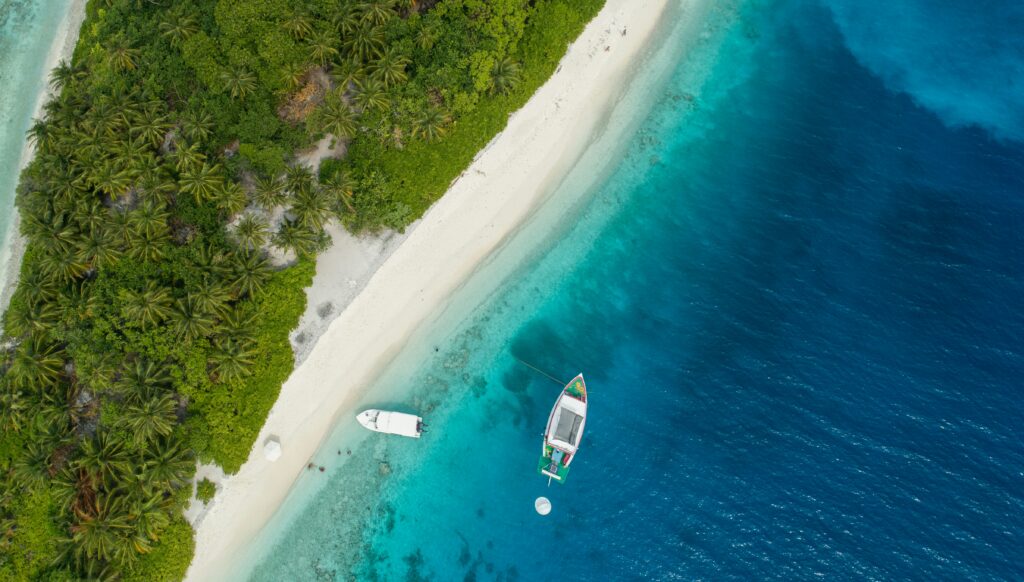
Understanding the Cost of Paradise: Why Is Grand Cayman So Expensive for Tourists?
Grand Cayman, the largest of the Cayman Islands, is often seen as a slice of heaven on Earth. With its stunning beaches, crystal-clear waters, and vibrant marine life, it’s easy to understand why it attracts millions of tourists each year. However, many visitors quickly discover that a vacation here can strain the wallet. So, why exactly is Grand Cayman so expensive for tourists? Let’s dive into the key costs that make a trip to this tropical paradise a premium experience.
1. Housing: Where You Lay Your Head
When planning your stay, you’ll immediately notice that accommodations in Grand Cayman can be quite pricey. Luxury resorts, boutique hotels, and even some mid-range options often come with hefty price tags. A night in a beachfront hotel can easily set you back over $300, especially during peak season.
Tips for Saving on Lodging
If you want to keep costs manageable, consider these options:
- Book Early: The earlier you secure your accommodation, the more likely you are to snag a good deal.
- Off-Peak Travel: Visit during the shoulder season (May to November) when prices can dip dramatically.
- Vacation Rentals: Websites like Airbnb offer unique accommodations that can be more budget-friendly for families or groups.
2. Dining: A Culinary Experience
Eating out in Grand Cayman can be a delightful but costly experience. Most restaurants cater to tourists and often have menu prices that reflect this. A simple dinner could easily cost $50 or more per person, especially if you’re indulging in seafood or local specialties like conch.
Best Bang for Your Buck
Don’t let dining costs overwhelm you! Here are some suggestions:
- Look for Happy Hours: Many bars and restaurants have happy hours where you can enjoy significant discounts.
- Taste Local Street Food: Places like the Cayman Islands’ famous fish fry at West Bay offer delicious food without breaking the bank.
- Consider Breakfast: If your accommodation offers breakfast, take advantage of it—this can save you money on meals later in the day.
3. Transportation: Getting Around
Navigating Grand Cayman can also add up. Rental cars are common, but they come with a price, typically around $50 to $100 a day, not including gas. Additionally, taxis can be quite expensive and have set prices depending on your destination, which can surprise newcomers.
Affordable Transportation Options
If you’re looking to save on transport, consider:
- Public Buses: Known as “Gypsy buses,” they are a cheap way to get around the island and interact with locals.
- Bicycles: Renting a bike can be an affordable and enjoyable way to explore the island.
- Carpooling: If you’re traveling with others, sharing a rental might cut costs significantly.
4. Activities: Fun at a Price
The ocean beckons with countless activities—from snorkeling and diving to sailing and spa treatments. While these experiences are often unforgettable, they can also come with surprisingly large price tags. For instance, a scuba diving trip might cost upwards of $100 per dive, and guided tours can add up quickly.
Affordable Activity Ideas
Not everything needs to come with a hefty price tag. Here are a few budget-friendly alternatives:
- Explore Nature: The island offers numerous free activities like hiking in the Mastic Trail or visiting the Queen Elizabeth II Botanic Park.
- Public Beaches: Don’t miss out on Seven Mile Beach, which is free to access and perfect for swimming or sunbathing.
- Local Events: Check out community events or festivals that may be taking place during your visit—these can be a fantastic way to experience local culture without spending much.
5. Taxes and Fees: Hidden Costs
Lastly, it’s important to be aware of the various taxes and fees that can impact your overall budget. In Grand Cayman, a 13% tourism tax is applied to most services, including accommodation and dining, and there’s often a service charge added to bills as well.
Budgeting Tips
To prepare for these additional costs:
- Ask Questions: Don’t hesitate to inquire about taxes and service charges when making reservations or settling bills.
- Prepare for Departure Fees: If you’re renting a car, remember that there are sometimes departure fees associated with your vehicle, so factor that into your budget.
Conclusion: The Value of Experience
While Grand Cayman’s price tags might make you wince at first, many people find that the experiences offered here make it worth every penny. From world-class diving to stunning sunsets, this island provides memories that can last a lifetime.
Ultimately, understanding the reasons behind the costs—accommodations, dining, transportation, activities, and hidden fees—can help travelers plan better and make the most out of their trip to this beautiful destination. With thoughtful planning, you can enjoy all that Grand Cayman has to offer without feeling financially strained.
**Related Reading:** – [Related: How to Plan a Solo Trip on a Budget] – [Related: Top Destinations for First-Time Solo Travelers] **#SoloTravel #Grand #Cayman #Expensive #Tourists #Key #Costs #Explained**
